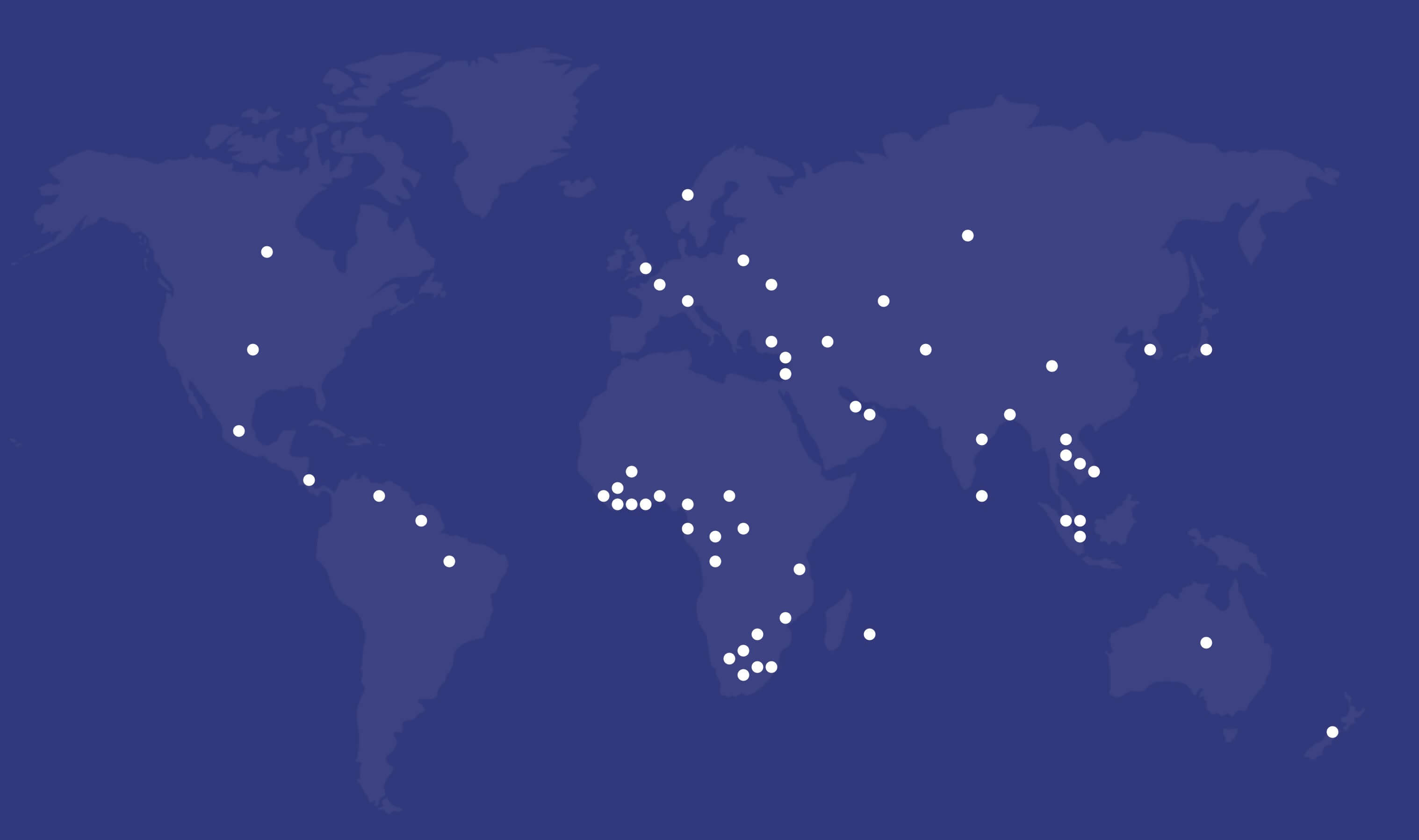Before 2000, African diamond producers and exporters suffered innumerable armed conflicts, especially in central and western Africa. Some of the most affected African states included Angola, Liberia, Côte d'Ivoire, and the Republic of Congo, each having diamond deposits and a direct association with the diamond industry. The connection to diamonds escalated the violent paramilitary clashes, mainly funded by blood diamonds. Blood or conflict diamonds are the stones produced through child and forced labor and under degrading human conditions. The mined stones are also illegally exported to global black markets. The proceeds benefit a few individuals primarily by financing wars and advancing foul political and territorial aims. Terrorist militias, political rebel groups, and illegal diamond businesses are part of the clique that enjoys the dirty money. Such was the situation and still is—to some extent—in the countries. Blood diamonds threaten the affected countries' peace, security, and sustainable development.
Many local and national economies on the African continent depend on the diamond industry directly and indirectly. These nations’ stability relies on the survival of their diamond economies. It set the wheels in motion for all concerned parties to lay the foundation for the KP. In the late 1990s, the United Nations Security Council (UNSC) set out to reverse the effects of conflict diamonds. The Canada-Africa partnership provided oversight, while the UNSC conveyed official communication. With the international community's help, sanctions were introduced to end the import of rough diamonds from Angola. Angolan diamond exports needed to be accompanied by a Certificate of Origin.
After sanctions on other conflicts embroiled, African diamond producers took effect. It is a directive that proved effective, promising enough to attract the backing of the G8 summit in 2000. Following the summit, a global discourse on blood diamonds ensued. The resolution welcomed the idea of an international agreement on the standardization and supply of rough diamonds. The UN adopted resolution 55/56 and enticed diamond producers and dealers to lockout conflict stones. The KP arose after several high-profile meetings between the UN and a contingent of southern African diamond-producing nations. The UN adopted it as part of the G8 Africa Action Plan. As a reinforcement, the G8 and a robust certification scheme back the KP, one reason why it effectively curbs the trade of blood diamonds in legal diamond markets.
The KP Member Countries
1. Angola
2. Armenia
3. Australia
4. Bangladesh
5. Belarus
6. Botswana
7. Brazil
8. Cambodia
9. Cameroon
10. Canada
11. Central African Republic *
12. China
13. Congo (DRC)
14. Congo (ROC)
15. Côte d'Ivoire
16. Eswatini
17. European Union
18. Gabon
19. Ghana
20. Guinea
21. Guyana
22. India
23. Indonesia
24. Israel
25. Japan
26. Kazakhstan
27. Kyrgyz Republic
28. Laos
29. Lebanon
30. Lesotho
31. Liberia
32. Malaysia
33. Mali
34. Mauritius
35. Mexico
36. Mozambique
37. Namibia
38. New Zealand
39. Norway
40. Panama
41. Qatar
42. Russian Federation
43. Sierra Leone
44. Singapore
45. South Africa
46. South Korea
47. Sri Lanka
48. Switzerland
49. Tanzania
50. Thailand
51. Togo
52. Turkey
53. Ukraine
54. United Arab Emirates
55. United Kingdom
56. United States of America
57. Venezuela
58. Vietnam
59. Zimbabwe
The above list represents those with vested interests in the rough diamond industry. It is by no means a permanent register and is subject to change. Members such as the United Arab Emirates and the European Union are considered regional block participants. The additional representation comes from observers. They are mainly civil organizations in member countries and beyond, industry associations, and not-for-profits. Bodies with a predominant relationship with the KP include:
●The World Diamond Council (represents the international commercial diamond trade)
●The Diamond Development Initiative
●African Diamond Producers
●The UN and the African Union (and partners).
The KP holds several inter-sessional meetings as well as an annual plenary session. The top agenda of the plenary is to elect a chair and vice-chair of the KP certification scheme. Plenaries ensure the rotation of the two posts among all member states for inclusive managerial representation. Besides being a chair and co-chair, the KP has several working groups and committees. You can look at these as affiliates of the KP, with leadership and support drawn from the pool of members. Monitoring the laws introduced and gathering current information and statistics are fundamentals in implementing the KP. The working groups fulfill these and other essential needs to oversee the KP certification scheme in member countries. Here is a list of the custodians of the KP’s day-to-day functions:
- Working Group on Monitoring: Keeps track of the working of the KP among members.
- Working Group on Statistics: Collects data on rough diamond production and its trade between member states.
- Committee on Rules and Procedure: Reviews the KP regulations and makes necessary adjustments.
- Committee on Review and Reform: Works on improving the administrative and financial arms of the KP.
- Committee on Participation and Chairmanship: Onboards new members, assesses, and advises on the candidates for the chairmanship and the deputy position.
- Working Group on Artisanal and Alluvial Production: Helps to strengthen audit systems for the production and sale of alluvial diamonds.
- Working Group on Diamond Experts: Provides technical support for the smooth flow of the KP.

